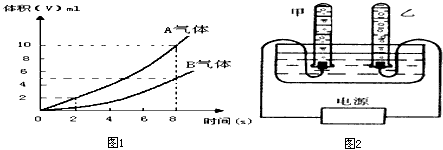| 书面表达。 | ||||||||
| 上周末,你校举行了一场以“中学生是否应该谦虚、简朴”为主题的辩论赛,引发了同学们的 激烈讨论。请你根据以下提示,给校英文报投稿,描述这一活动并发表你自己的体会。
2.短文的开头已给出,不计入总词数; 3.参考词汇;modest 谦虚的 simplicity 简朴 Last weekend, a debate competition was held in our school, which aimed at discussing whether students should be modest and live a simple life. ________________________________________________________ ________________________________________________________________________________________ ________________________________________________________________________________________ I think _______________________________________________________________________________ ________________________________________________________________________________________ ________________________________________________________________________________________ |
Last weekend, a debate competition was held in our school, which aimed at discussing whether students
should be modest and live a simple life.
Some students think that students should learn to live a simple life because they are still depending on their
parents for food and clothing. Learning is more important than the clothing.Modesty can lead people to learn
more.
Others hold the view that putting too much emphasis upon modesty and simplicity will mean that you will
never be noticed by others. You might hesitate and lose many chances. In modern society, it is important to
show yourself to others. Confidence and a good appearance can help you leave a good impression.
I think, as students, we should be modest and live a simple life.
答案不唯一

